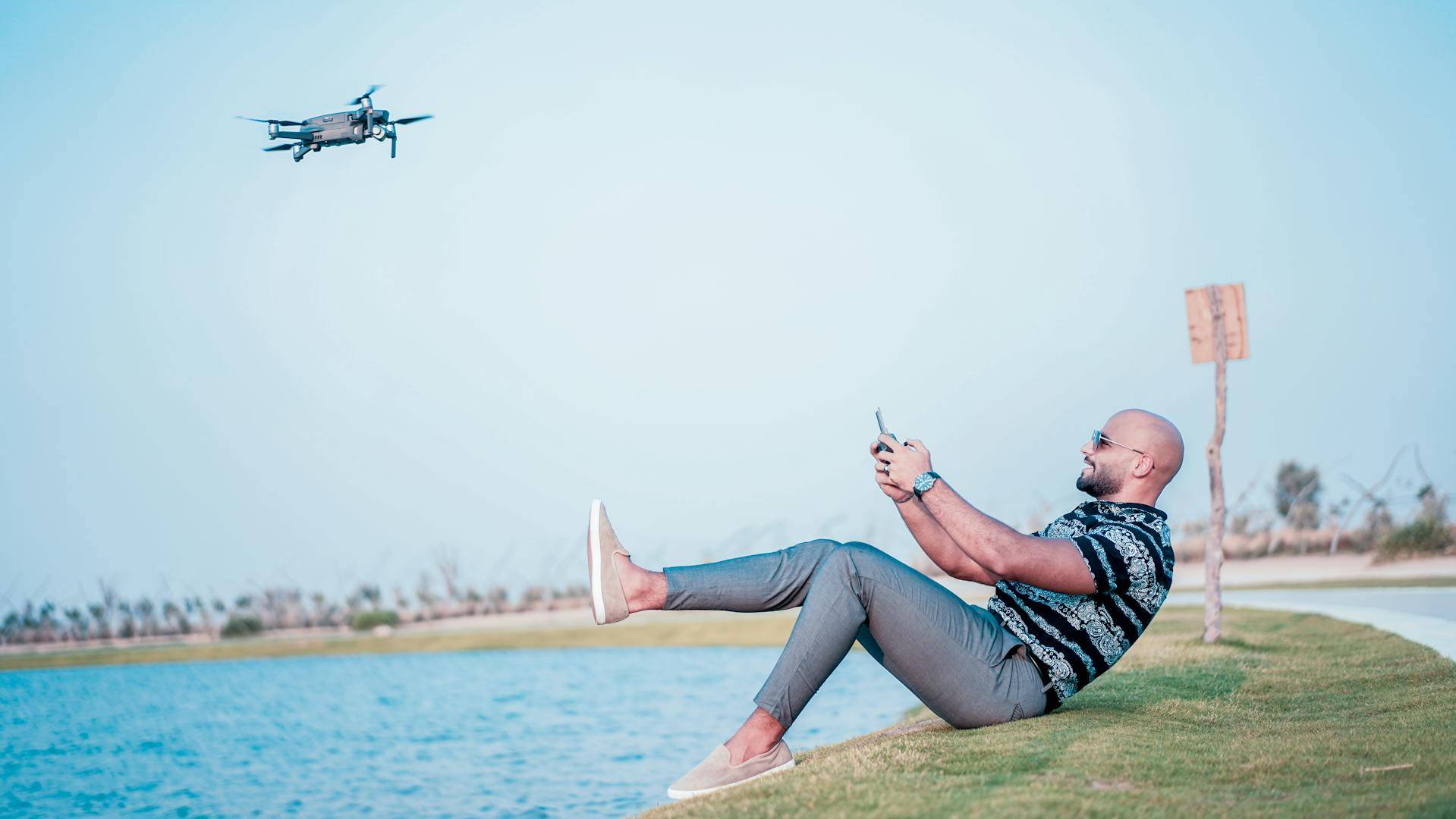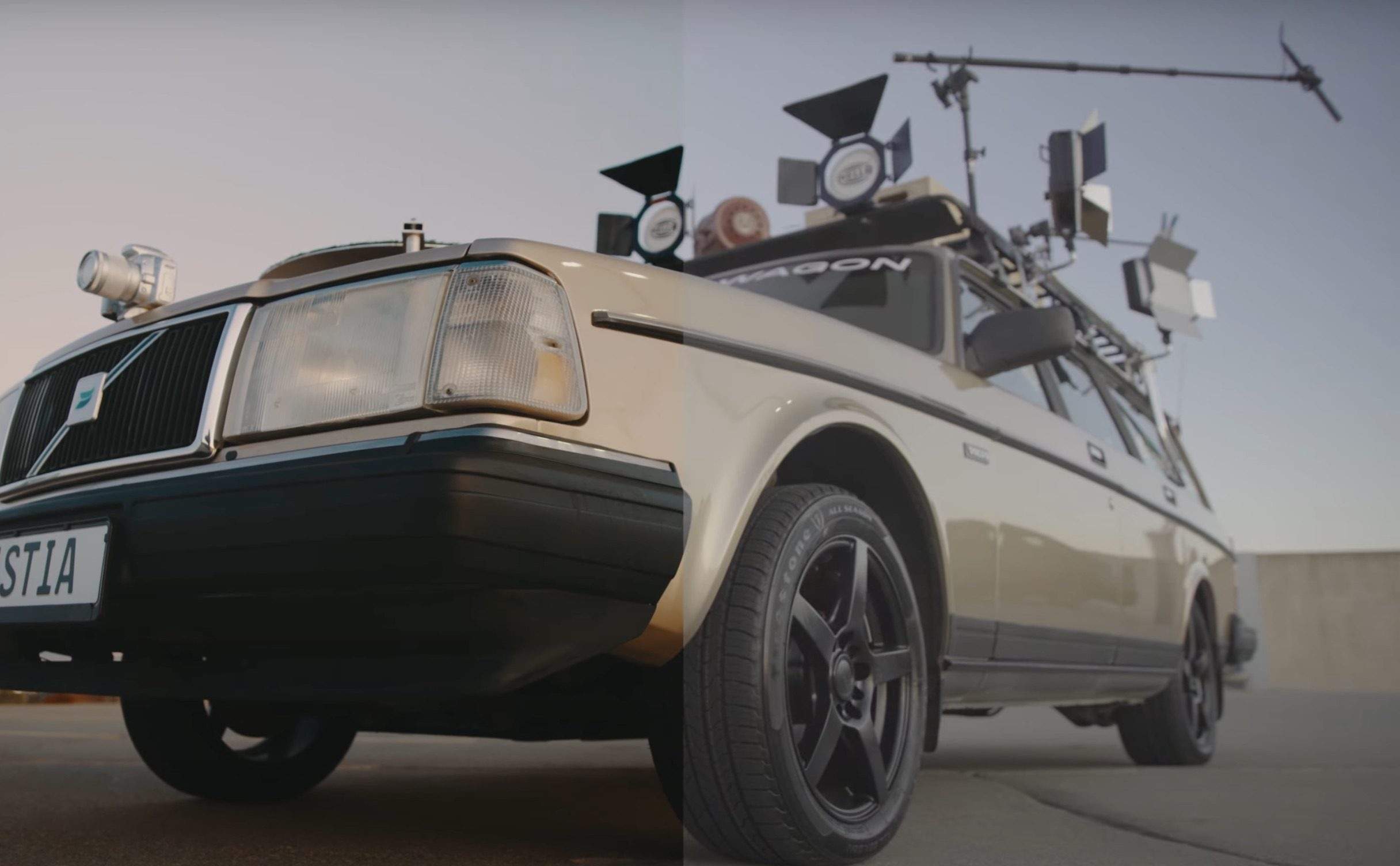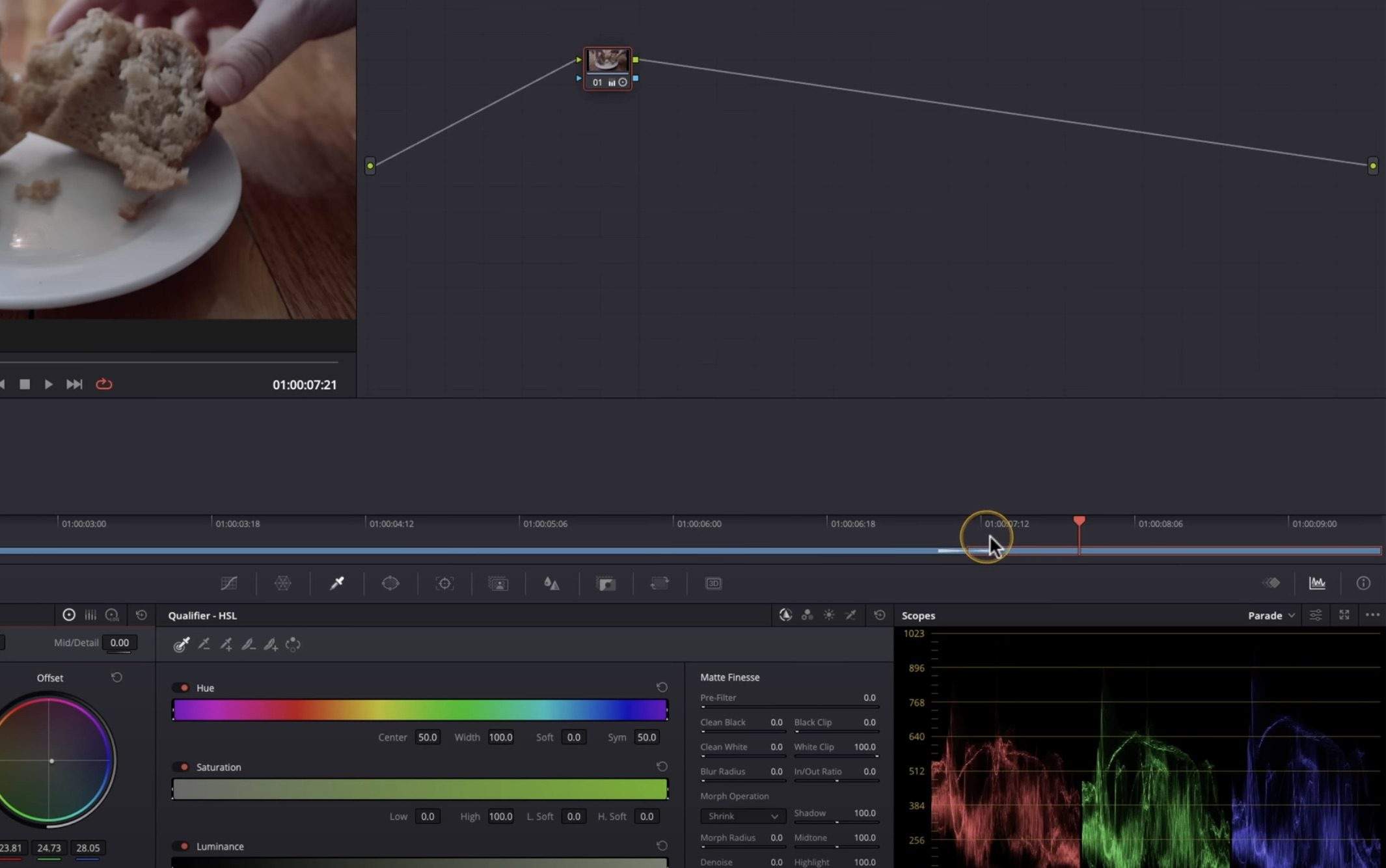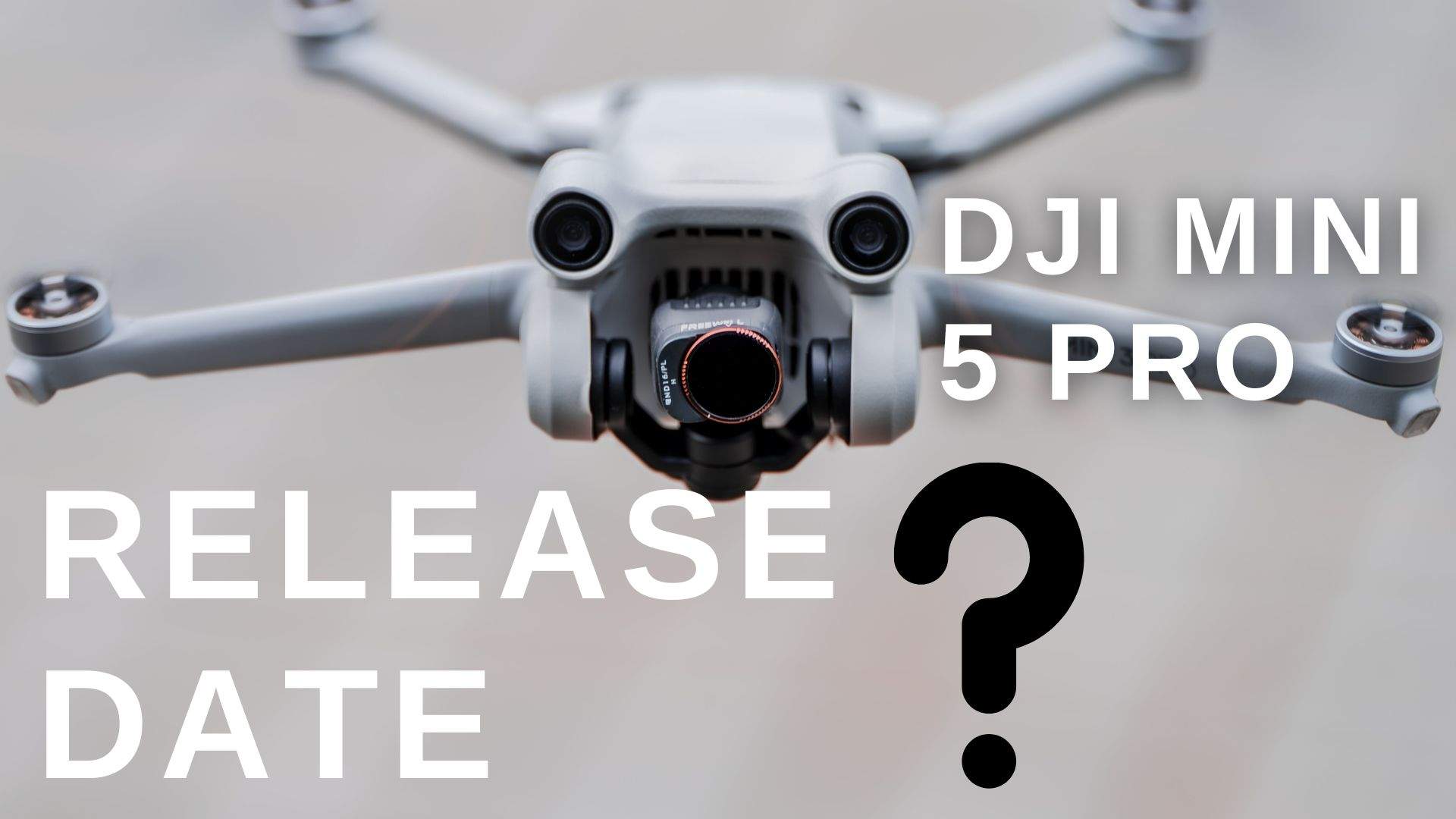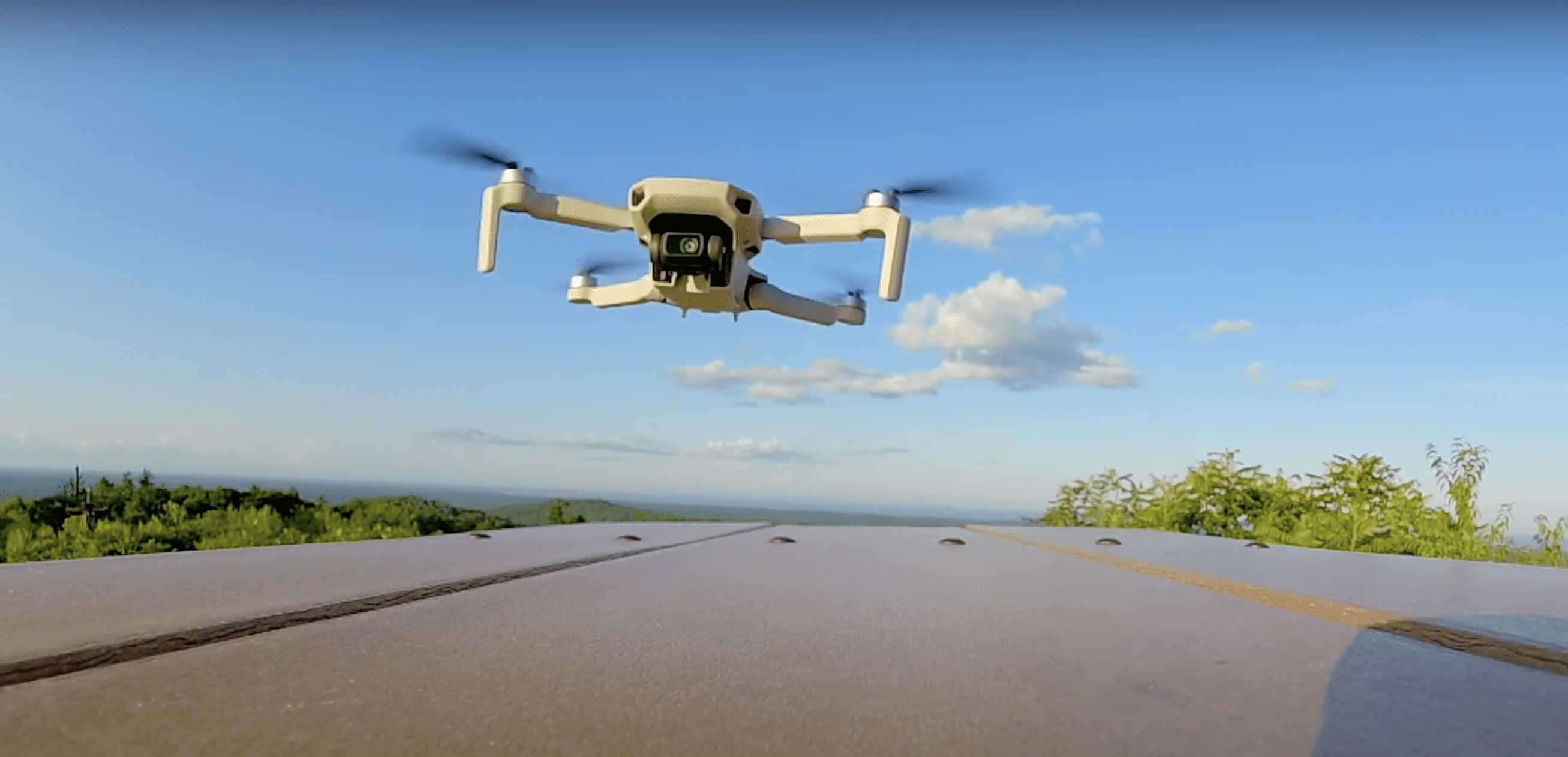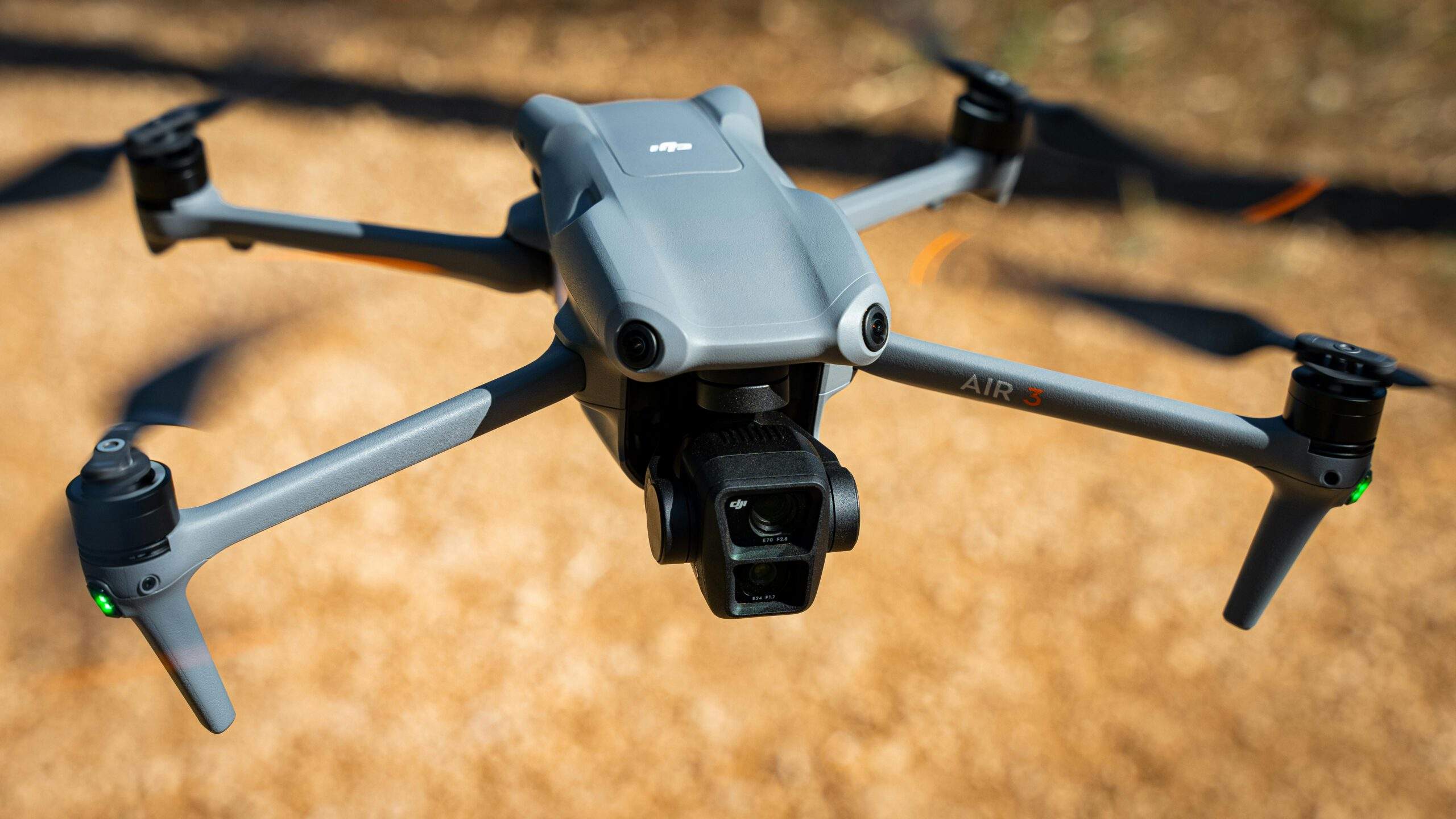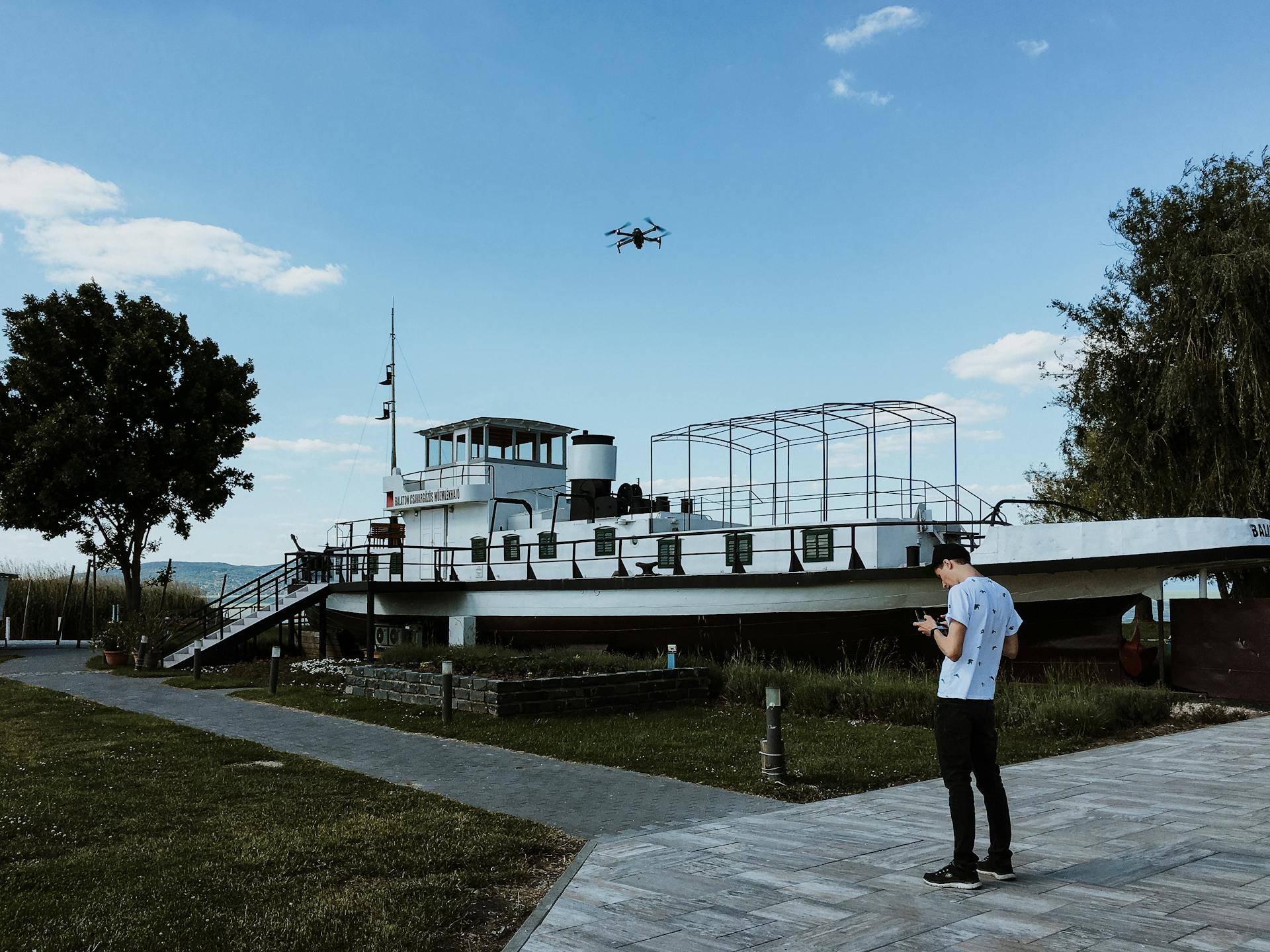Why is it so easy these days to fly a drone?
The ease of flying drones today, especially for complete beginners, can largely be attributed to several advanced features designed to simplify operations. Here’s a focused look at how visual and satellite stabilization, gaming-controller-like steering, high-quality cameras, and obstacle detection collectively contribute to this ease.
Visual and Satellite Stabilization
Modern drones leverage a combination of visual and satellite systems (such as GPS and GLONASS) to achieve remarkable flight stability. This technology enables drones to maintain a steady hover with minimal pilot input and correct themselves against wind and other environmental factors. Visual systems, using downward-facing cameras and sensors, allow drones to understand their position relative to the ground, facilitating stable indoor flight where satellite signals are unavailable. This level of stabilization was once reserved for high-end models but has now become a standard feature across many beginner drones, making them easier to control right out of the box.
Gaming Controller-Like Steering
The controllers that come with most drones today are intuitively designed, mirroring the layout and functionality of gaming controllers. This familiarity lowers the learning curve for new pilots, allowing for a more natural and responsive flying experience. The ergonomic design of these controllers, coupled with the responsive feedback they provide, allows for precise control over the drone, from basic maneuvers to more complex flight patterns.
High-Quality Cameras
High-resolution cameras are another feature that makes drones appealing and accessible to beginners. Offering capabilities like 4K video recording and high megapixel counts for still photography, drones enable users to capture professional-quality aerial footage with minimal effort. Moreover, features like 3-axis gimbals for image stabilization contribute to producing smooth, cinematic shots that would be challenging to achieve through other means. This democratizes aerial photography, allowing beginners to create stunning visuals without the need for advanced piloting skills.
Obstacle Detection
Obstacle detection technology greatly reduces the risk of crashes, a common concern for new drone pilots. By employing sensors that can detect and avoid obstacles, drones can autonomously navigate around or over barriers, making it safer for beginners to fly in complex environments. This feature boosts confidence among novice pilots, encouraging them to explore and push the boundaries of their creativity without the constant fear of damaging their drone.
In summary, the combination of visual and satellite stabilization, intuitive control schemes akin to gaming controllers, high-quality onboard cameras, and advanced obstacle detection technologies make it remarkably easy for beginners to start flying drones. These advancements not only enhance the flying experience but also ensure safety and foster creativity, allowing even first-time pilots to capture breathtaking aerial footage with ease.
Flying a drone can be an exhilarating experience, offering unique perspectives on the world below and a chance to capture stunning aerial photography and video. However, for beginners, the prospect of piloting a multirotor system can be daunting. This beginner’s guide aims to demystify the process, covering everything from choosing the right drone to mastering the basics of flight and understanding the legal considerations.
Choosing Your Drone
The first step in your drone-flying journey is selecting a drone that fits your needs and skill level. For beginners, it’s advisable to start with a small, inexpensive model that can withstand crashes. Models like the DJI Mini 2 or the Ryze Tello are great options due to their affordability, durability, and beginner-friendly features (Cyber Curios) (Drone Deliver).
Understanding Drone Controls
Drones are typically controlled using a remote transmitter or a smartphone app. Familiarize yourself with the basic controls:
- Throttle: Adjusts altitude by controlling the drone’s propeller speed.
- Yaw: Rotates the drone left or right.
- Pitch: Tilts the drone forward or backward, controlling forward and backward movement.
- Roll: Tilts the drone to the left or right, controlling side-to-side movement.
Practicing these controls in an open, obstacle-free area is crucial for developing your piloting skills.
Learning to Fly
Begin by mastering hovering, which involves keeping the drone stable in one place at a certain altitude. Once you’re comfortable, practice gentle movements with the pitch and roll controls to fly the drone in different directions. Always maintain a line of sight with your drone and be mindful of its battery level to avoid unexpected landings.
Safety and Legal Considerations
Before taking off, it’s essential to familiarize yourself with local drone laws and regulations. In many countries, drone pilots are required to keep their drones within visual line of sight and avoid flying near airports, crowded areas, and private property without permission. Some jurisdictions also require drones to be registered and for pilots to pass safety tests (Cyber Curios) (Camera Jabber).
Tips for Successful Flights
- Check the weather: Avoid flying in high winds or adverse weather conditions.
- Plan your flight: Think about what you want to achieve with your flight, whether it’s capturing a particular photo or simply practicing your flying skills.
- Start slow: Don’t rush into complicated maneuvers. Build your skills gradually.
- Respect privacy: Be mindful of others’ privacy when flying your drone.
Troubleshooting Common Issues
If you encounter problems, such as your drone not responding to controls or behaving erratically, check for interference from other electronic devices and ensure your drone’s firmware is up to date. Consult the user manual for troubleshooting tips specific to your drone model.
Flying a drone for the first time can be a bit overwhelming, but with patience, practice, and a respect for safety and legal guidelines, it can also be incredibly rewarding. As you gain confidence and experience, you’ll discover the immense creative and exploratory potential that drone flying offers. Remember, the sky’s the limit!

